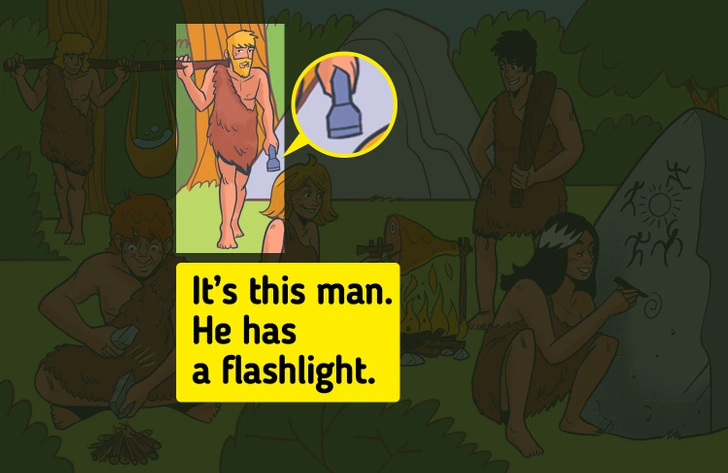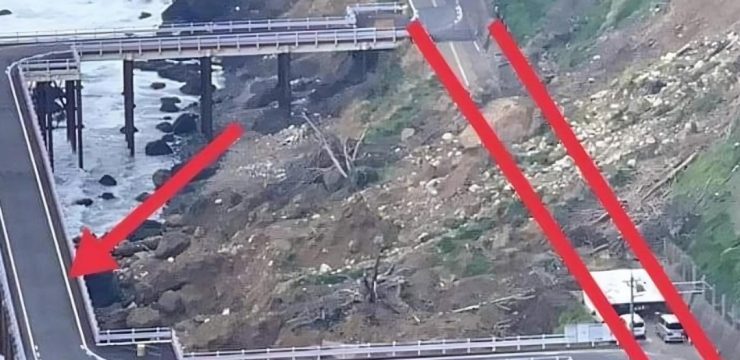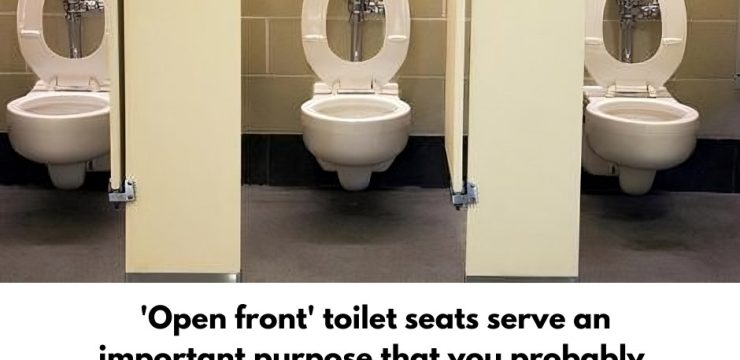Imagine this: you find yourself transported back to the Stone Age. You’re surrounded by early humans busy with their daily routines—some are cooking over a fire, others are painting on cave walls, and a few are gathering food. But there’s something strange happening in this prehistoric setting. Among these ancient people, someone doesn’t quite belong. Can you figure out who’s from the future?

Take a moment to observe the scene carefully. Pay attention to each person, their actions, and any objects they’re holding. When you’re ready, let’s work through this puzzle together. Can you spot the time traveler hiding among the Stone Age people?
Step-by-Step Guide: How to Spot the Time Traveler
Analyze Each Character’s Actions and Objects
First, look at each character in the scene. Notice what they’re doing and what tools or objects they have. You’ll probably notice a lot of primitive items—things like rocks, sticks, or handmade tools. These are typical items you’d expect in a prehistoric environment. Take mental note of these normal objects so you can better spot something that doesn’t belong.
Search for the Odd One Out
Now that you’ve got a feel for the scene, it’s time to look for something that stands out. The Stone Age didn’t have access to modern technology, so if you spot anything that seems advanced—like metal, plastic, or factory-made items—you’ve found a clue. Be sure to examine the characters and their belongings carefully, as the time traveler could be hiding in the details.
Identify the Time Traveler
Still searching? If you haven’t spotted the future visitor yet, focus on the man on the left side of the scene. What’s he holding? It’s a flashlight! There’s no way a flashlight could have existed in the Stone Age, which means he’s the time traveler. Congratulations! You’ve discovered the person from the future in this prehistoric world.
Confirm Your Findings
Once you notice the flashlight, it becomes clear that this man doesn’t belong. The flashlight—a modern tool—is completely out of place in the Stone Age. This confirms that he’s the odd one out, and you’ve successfully solved the puzzle.
Why the Flashlight is the Key Clue
The flashlight is an obvious giveaway because it’s an item of modern technology that would not have existed until thousands of years after the Stone Age. This small but significant object completely disrupts the otherwise primitive setting. What makes this puzzle tricky is that most people focus on the overall scene and don’t closely examine each character’s possessions. This puzzle is a reminder of how important attention to detail can be.
Lessons from the Time Traveler Puzzle
This visual puzzle isn’t just about finding something out of place. It’s a great exercise in sharpening your observation skills and encouraging critical thinking. Here are some key takeaways:
1. Sharpen Your Observation Skills
Puzzles like this help improve your ability to notice even the smallest details. In daily life, this skill can help you spot things that others might miss, making you more aware of your surroundings and better at noticing important clues.
2. Question Your Assumptions
When we encounter a familiar scene, like this prehistoric one, our brains tend to make assumptions about what we’re seeing. We assume everything fits the time period. However, questioning those assumptions and looking for what doesn’t fit helps us solve problems and think more clearly.
3. Stay Curious and Think Critically
This puzzle teaches us to stay curious and question what we see. Could there be a hidden element in the scene? Is there something that feels slightly off? Developing a habit of curiosity helps with problem-solving and opens up new ways of thinking about everyday situations.

Conclusion: Did You Find the Time Traveler?
So, did you manage to spot the time traveler on your own? How long did it take you to notice the flashlight? If you missed it at first, don’t worry—puzzles like this one are designed to challenge your thinking. The key is training your mind to pay close attention to details that might seem insignificant at first glance.
This puzzle is a fun way to remind us of how important critical thinking and observation skills are in solving problems. If you enjoyed this challenge, you’ll probably love solving more brainteasers and visual puzzles. They’re not just entertaining—they’re also a great way to keep your mind sharp and ready for whatever comes next.
Happy puzzling, and always remember—the answer is often hiding in the smallest details!





